If it is sometimes confused with one of its most well-known uses, crypto-currency, blockchain technology or “chain of blocks” is today being deployed for numerous solutions of interest for companies. Among these, ERP applications. But how to achieve a good blockchain-ERP pairing?
Even though blockchain technology is recent, some applications are already operational. But let’s step back to the outline of this chain of block technology. Since times immemorial, transactions have been recorded on books. Towards the end of the last century, computers allowed the digitalization of documents. But these computerized versions are but, in the end, just the reflection of their paper forebears. With, furthermore, a central decision-making authority tasked with validation. Banks, for instance, are supposed to verify the financial transactions. With Distributed Ledger Technology, or DLT, data are recorded in several places at the same time, without filing of reference data or centralized functions administration. It is a linear chain of blocks, connected and secured by cryptographic proofs. In contrast to a regular registry, the whole is not controlled by one single organization and does not depend on a single database. It’s thus a distributed system (there is no one sole copy of the registry) running like a decentralized registry (there is no unique control authority). Thus, this technology allows the storage and transmittal of data in a transparent, secure manner, without a control body.

Operational Applications
Distributors for food tracking, insurers for automatic payouts, luxury good giants for the fight against counterfeiting, maintenance follow-ups in the aeronautical industry… The members of the Forbes Technology Council list nowadays many blockchain application fields. Among these:
. Transparency of statistics and in particular broadcast statistics. For music, blockchain simplifies the management of copyrights for artists by providing a unique and transparent source of the broadcasting of works.
. Supply chain management. Blockchain provides precise, authenticated and transparent transactions with pre-approved and foreseeable fees within a totally verifiable environment. In addition, the suppression of intermediaries allows to reduce costs and the distribution of the registry to increase its reliability. Another ace, transactions being immovable and irrevocable, the frequency of fraud is reduced.
. Data confidentiality. Blockchain transforms the way companies process customer data by making it evolve towards an entirely decentralized model where every consumer is the master of their own identity and of their data.
. Collaboration and data control. Blockchain can make the link between the two. Companies must not only work together to succeed, but also safeguard on-site data in a non-modifiable and controllable manner.
An immovable recording system
At IBM, Brigid McDermott, VP in charge of blockchain development, explains that the integration of blockchain into ERP applications would allow companies to have at hand an immovable recording system that could be used for just about everything, from documents linked to transportation and to the logistics chain, to maintenance equipment maintenance and dispute settlement systems. Companies could thus dispose of a reliable recording system to share information between disparate partners. Throughout the world, 80% of corporate data are housed in silos. One can imagine making better use of them with big data analysis tools and not having to communicate them, at the risk of losing a competitive advantage. And, continues Brigid McDermott: "Blockchain does not only resolve access and sharing problems, it adds solutions to trust-related subjects." The blockchain-ERP association allows, likewise, to extract existing data from IT solutions and to tightly control with whom they are being shared.
A blockchain can only be created by consensus between its participants and when a new data item is entered, it can never be deleted. It contains the exact and verifiable record of each transaction that was ever made through it. Blockchain makes the most sense within the framework of processes where several parties are involved and where many efforts are deployed to build trust. The most viable use cases are those where several actors of a complex chain need to share all kinds of data - from product information to financial data.
Safety and confidentiality management
On his part, Paul Brody, of the EY consulting office, thinks that security and management of personal data will constitute the main difficulties to be encountered in the implementation of blockchain technology for companies. For him, it is primordial to dispose of sophisticated tools when one must share large-scale information in a selective way. "Although we thought that companies could make use of public blockchains for their activities, the very first implementations will be made with private blockchains where it is much more easier to control and manage confidentiality and security", indicates Paul Brody. What will not be difficult, however, is to integrate the technology with ERP systems. "But the multiplication of projects and interest for blockchain doesn’t mean that the technology is mature by all means or that we know where it may lead us, warned in 2018 Martha Bennett, a Forrester Research analyst. Just as in the very first days of the Internet few people predicted to what extent the network of networks would change the world, we don’t know what is blockchain going to revolutionize (or not”). On his part, Prasad Satyavolu, Chief Digital Officer and consultant for manufacturing, logistics and energy industries at Cognizant declares: "Integrating blockchain and ERP creates a more open environment". Adding: "The two wholes allow a better collaboration and a better access to an entire supply chain. They ensure a secured transparency, all along the transaction process".

Assess possible case uses
The first step in an action plan to create a good blockchain-ERP pairing is not much different than that of any large-scale project: Possible case uses must be assessed and how these can benefit from the transparency and non-correctable registry of a blockchain. To determine a good use case, Martha Bennett recommends to ask oneself the following questions:
• What problem are you trying to settle with blockchain ?
• Are other actors of your ecosystem seeking to solve an identical or similar problem on many issues?
• What kind of opportunity are you trying to make reality?
• Do you think you can enroll members of your ecosystem (including competitors) and do you believe to be able to convince them to follow you in this project?
To start on the right foot and to provide the organization with an expert assessment, it is advisable to create a center of excellence to help establish use cases, which will be good starting points. "Begin by integrating blockchain to your ERP on a small scale", advises Gil Perez, head of digital client initiatives at SAP. "Small pilot programs are very useful to understand all the implications and gain trust in the platform. Furthermore, there is not any doubt that in four or five years, blockchain will be part of a base toolbox used by the whole of the ERP".
Determine in advance governance and responsibilities
In conclusion, beyond the technical challenges, matters of management and governance are even more important when setting up a blockchain network. Answers must be found from the start to questions such as: Who provides the data? How will they be used? Who will pay for them? Work must also be done on the ‘rules of engagement’: who may become a member of the blockchain? According to which decision process? Who will take in charge the ongoing development of the blockchain to comply with possible regulatory changes for the industry? "Operational questions - digitalization, breakup of the internal silos, restructuration of the processes – can take much more time to be resolved. IT management must understand that IT problems do only represent a small part of the blockchain projects", concludes Martha Bennett. DLT challenges are constituted, roughly, by 80 % of trade issues and only 20 % of technological matters.°
Smart questions before considering a blockchain
• Do several parties need to access to the same data set?
• Do all the parties need to be sure that the data are correct and have not been falsified or otherwise degraded?
• What is the condition of the current system: is it subject to errors, incredibly complex, unreliable, in disarray?
• Are there compelling reasons to not have a unique and centralized system? DLTs (Distributed Ledger Technologies) introduce complexity and risks. It may be that for historical reasons there is no cooperation between the parties and that these historical reasons may be difficult to overcome – even with a blockchain.
By J.Lascaux, FiveForty° founding partner
Sources: Le Journal du net, Le Monde informatique, Le mag IT, Fashionnetwork.co, Codeur.com







